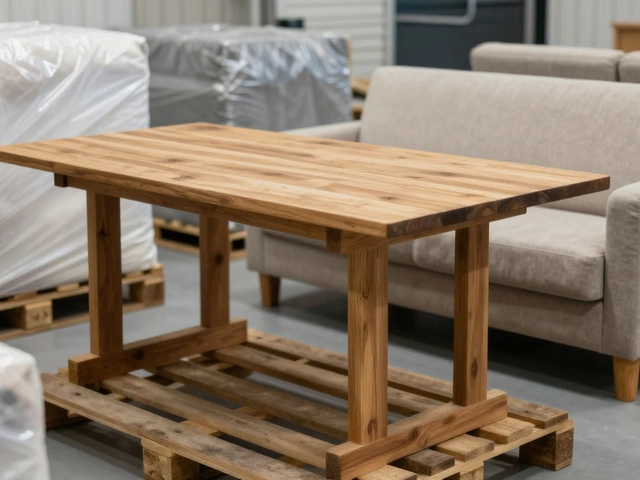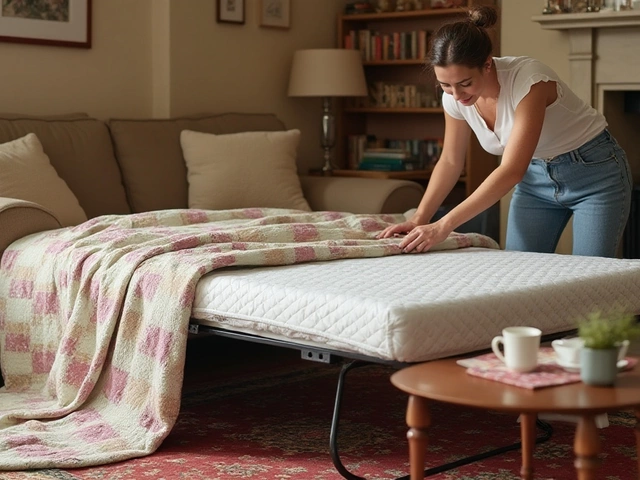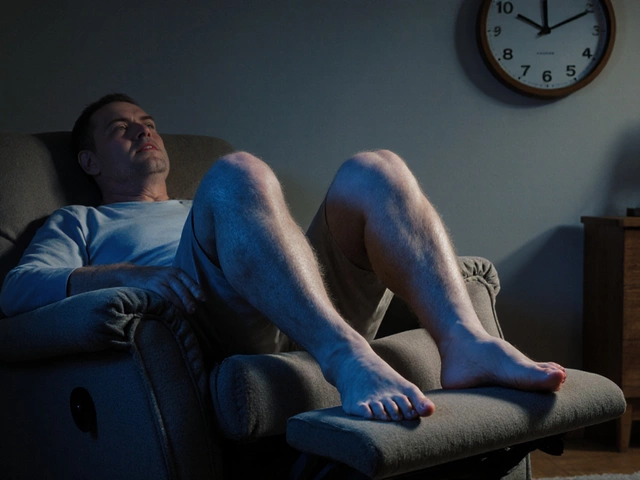How to Prevent Dampness and Keep Your Furniture Safe
If you’re a teacher, school manager, or anyone who buys furniture for a learning space, you’ve probably seen water spots, mould, or warped desks. Dampness is more than an eyesore – it can damage wood, metal, and upholstery, and it makes a room feel uncomfortable. The good news is you can stop it with a few easy steps.
Spot the Problem Early
First, learn the signs. If you notice a musty smell, dark patches on walls, or a sticky feel on chairs, there’s moisture somewhere. Check corners, under windows, and behind storage units where air doesn’t move. A simple moisture meter (available at most hardware stores) can tell you if the reading is above 60% – that’s the level where mould can grow.
When you catch a problem early, it’s cheaper to fix. A small leak under a sink can become a big issue if you wait. Keep a log of any leaks, spills, or condensation events so you can see patterns.
Control Humidity Inside the Room
The easiest way to keep dampness away is to control the air. Open windows for at least five minutes a day, especially after a room gets hot. If you can’t open windows, use a fan to move air around. Fans help dry out any moisture that settles on surfaces.
In schools that don’t have good ventilation, a dehumidifier can make a big difference. Choose a unit that can handle the room size – most listings show the square footage it covers. Run it when the room is empty or during breaks, and empty the water tank regularly.
Don’t forget the heating system. Warm air holds more moisture, so a modest temperature (around 20°C/68°F) helps keep humidity low without making the room too hot for students.
Protect Furniture Directly
Most classroom furniture is made of wood or metal with fabric padding. For wooden desks, apply a water‑resistant sealant every couple of years. This creates a barrier that stops water from soaking in. Metal chairs benefit from a rust‑inhibiting spray – just spray and let dry.
Upholstered chairs should have removable covers that you can wash. If you can’t remove the cover, use a fabric protectant spray. It adds a thin layer that repels spills, making clean‑up easier.
Store extra chairs and tables on raised platforms or pallets. Keeping furniture off the floor lets air circulate underneath, which stops hidden moisture from building up.
Deal with Leaks and Spills Fast
If a pipe bursts or a roof leaks, dry the area immediately. Use towels, a mop, or a wet‑dry vacuum to soak up water. Then, point a fan at the wet spot for an hour or two. For larger spills, consider a portable heater to speed up drying.
Don’t let water sit on the floor for more than a few minutes. Even a small puddle can seep into seams and cause wood to swell.
Regular Maintenance Keeps Dampness Away
Set a quarterly checklist: look for signs of damp, test humidity, inspect seals, and clean ventilation grilles. A quick look every three months catches issues before they become big problems.
Teach staff and students to report any damp smells or water stains right away. When everyone knows what to watch for, the whole school stays drier.
By watching for moisture, keeping air moving, protecting surfaces, and fixing leaks fast, you can keep classroom furniture looking good for years. A dry room also feels healthier, so students can focus on learning instead of worrying about a musty smell. Start with one tip today and watch the difference grow.





